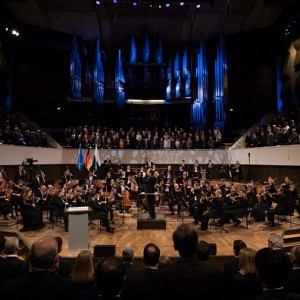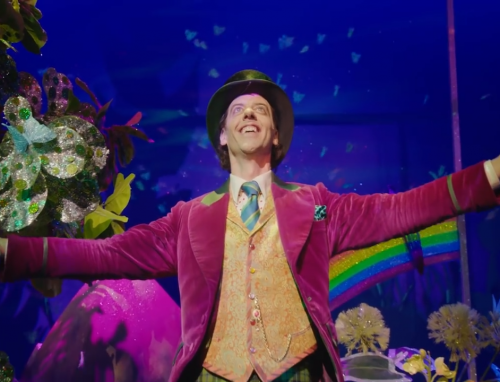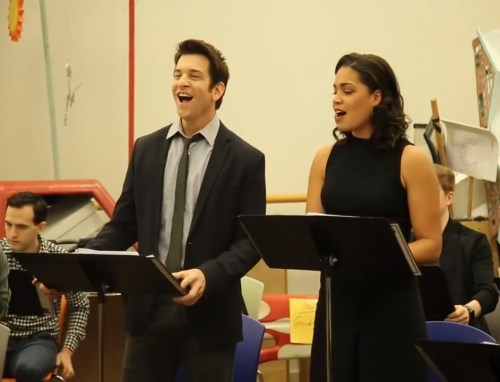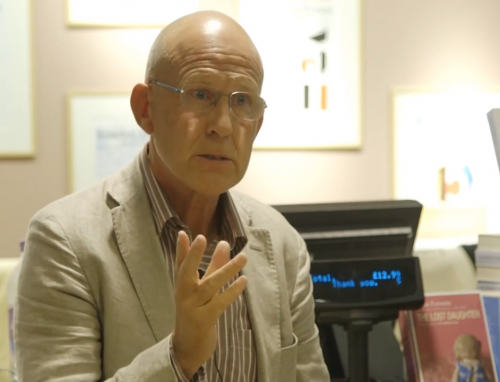Ballet and the Subliminal Gender Bias in the 21st Century: Why sexism still exist in modern ballet
Ballet dates back to the 15th century in the Italian Renaissance courts. As a performing art, ballet does not only leave the audience astonished with the ballerina's hand and feet movement and the production's over-all choreography. Ballet, as an art form, reflects how the society deals with different issues. Interestingly, the form, being centered on the glorification of a female ballerina, has otherwise depicted the misrepresentation of women in the society.
One would think that the modern world now sees the women as equal to men, getting the same treatment the men are enjoying at the workplace, at home, or even in the world of politics. However, the women's struggle to find their rightful place in the society does not end, as evidenced by last Saturday's Women's March, being the largest demonstration in the United States in decades. The world of ballet, in comparison, is also not exempted to the domination of male-centered views and ideas.
In Alastair Macaulay's recent article, questioning the existence of gender equality in contemporary ballet, he posed a rather striking question: "Should we agree with the choreographer George Balanchine (1904-83) that 'ballet is woman?' Or do we qualify this, as the choreographer Pam Tanowitz (born in 1969) has recently done, by saying that ballet is a man's idea of woman?"
Macaulay pointed out a few instances where ballet builds a wall that separates women from men. One of these is the partnering in the dances, something that men has taken care of. In a partnered routine, all the women have to do is to "rise onto point," going wherever the men want them to go.
Modern ballet performances do not reek of gender politics, but even with the tiny footwork, the depiction of the society's sexist view is still evident. In terms of the ballet's base plots, the female representation (or misrepresentation) based on the male's gaze still exists, although not as solid as those from the 19th century such as "Le Corsaire" and "La Sylphide." Their variations, however, continued well into the 20th century such as "Giselle" and "Swan Lake." As Macaulay described, the women are portrayed as wives or mothers without the means for living, while the men shine as the cavaliers.
It was raised that the ballerina, while being the star of every ballet performance, is only allowed to be glorified in areas where men are not expected to be venerated. Likewise, ballet, as art form, lacks the honest reflection of the society's actual treatment of women. While women seem to enjoy the grandeur of life in ballet, the reality remains that women are still subjected to all kinds of oppression, with rape being the worst kind.
If this were the case, then what causes the misrepresentation of women in a dance form that seemingly belongs to women? Perhaps the problem lies backstage, wherein the assignment to an important role in ballet goes to men. In an article from the Huffington Post, the lack of female choreographers in major ballet productions is noticeable over the last decades.
While men of the contemporary world try to at least relate to women's hardship, it is only the latter that fully understand their own suffering due to the existing status quo. With respect to modern ballet, the performances have been based off a man's point of view, so the misrepresentation of women is unavoidable.
© 2025 The Classical Arts, All rights reserved. Do not reproduce without permission.TagsBallet, Contemporary Ballet, Modern Ballet, Sexism in Ballet, Gender Bias in Ballet, 21st Century Ballet










